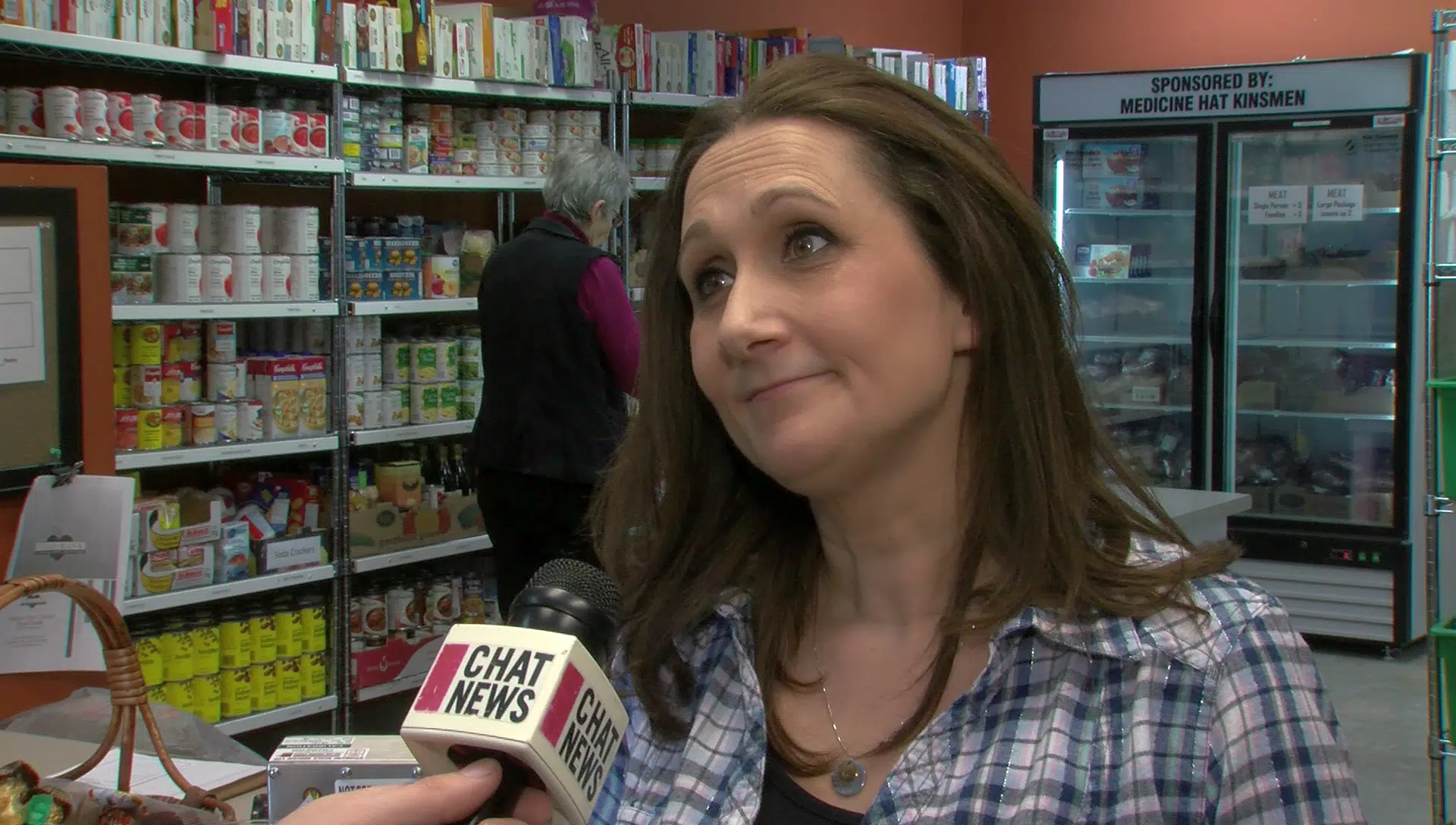
Poverty rates improving nationally, concerns remain for Medicine Hat Food Bank
MEDICINE HAT, AB – Poverty levels across Canada are on the decline according to new numbers released by Stats Canada, however that might not necessarily be the case in Medicine Hat.
On Tuesday, the federal government announced they had reached their target of a 20 percent reduction in the overall national poverty rate three years ahead of schedule.
Using numbers from between 2015 and 2017, the survey results showed a reduction of approximately 825,000 under the poverty line.
